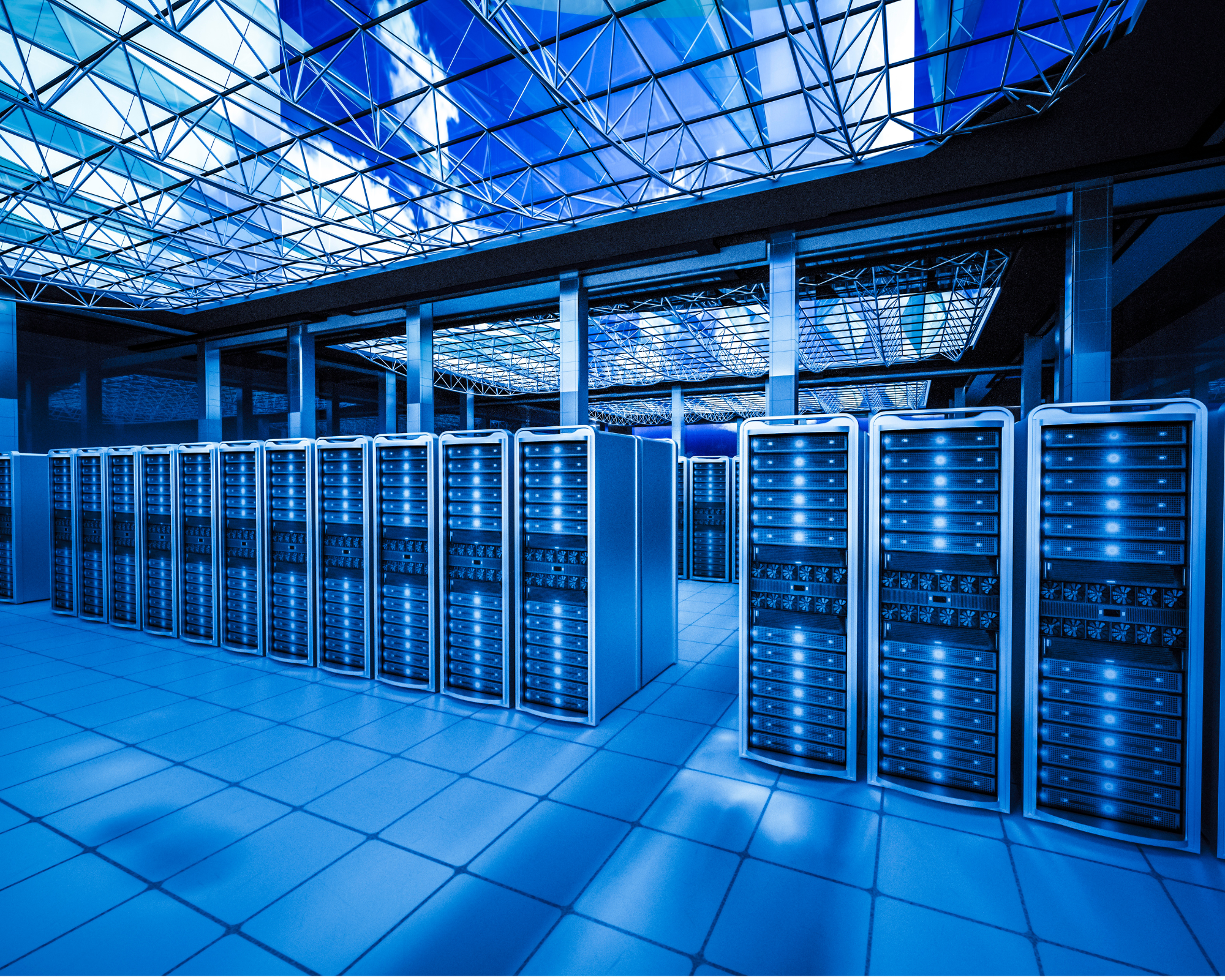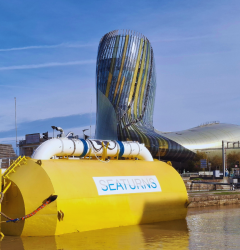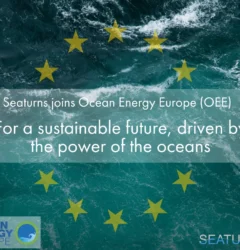08 Aug

In 2024, data centers around the world consumed approximately 415 TWh of electricity, nearly 1.5% of global demand.
These infrastructures, the backbone of our digital world, are seeing their energy appetite grow at a staggering rate: about +12% per year over the past five years.
A worrying projection: heading toward 945 TWh by 2030
According to the International Energy Agency (IEA), this consumption could more than double by 2030, reaching 945 TWh, close to 3% of the world’s electricity demand.
The United States and China would absorb most of this increase, with +240 TWh and +175 TWh respectively. Europe would see its demand grow by about +45 TWh.
Artificial intelligence, the new driver of demand
While the growth of cloud computing and streaming services has largely contributed to this rise in recent years, a new factor is now in play: artificial intelligence.
The IEA estimates that AI could account for as much as 20 to 50% of total data center consumption by 2030. This surge in demand puts considerable strain on power grids, especially in areas with a high concentration of these facilities.
Renewable energy as a lifeline
To keep this surge in check, solutions are turning to renewable energy. The IEA projects that renewables will provide about 50% of the additional energy needed by 2030.
While solar and wind dominate today, other sources remain underexploited, among them, wave energy. This resource has the potential to cover about 10% of global consumption.
Seaturns: Harnessing wave power for electricity
Among the players in this sector, French start-up Seaturns stands out.
Founded in 2015 in Bordeaux, the company has developed a cylindrical floating device that, anchored at sea, converts the horizontal movement of waves into electricity via an ingenious water pendulum and turbine system.
In October 2023, a 1/4 scale prototype was tested off the coast of Saint-Anne du Portzic with Ifremer. It withstood waves equivalent to 15 meters high under real conditions during Storm Ciarán.
Key advantages:
- Stable and predictable energy, less intermittent than solar or wind.
- Low environmental impact: 15 g of CO₂/kWh, 98% recyclable float, minimal visual footprint (< 3.5 m).
- Simplified maintenance thanks to a streamlined design, limited mechanical components, and a PTO module that is detachable and replaceable directly at sea, reducing downtime and easing technical interventions.
What if data centers ran to the rhythm of the waves?
The stability and regularity of wave energy make it an ideal complement for data centers, which have a constant energy demand.
By installing Seaturns units near coastal sites, a significant share of their consumption could be supplied with clean, local energy, while relieving pressure on national grids.
This approach could even be integrated into maritime or island microgrids, combining wave, solar, and storage to guarantee reliable long-term supply.
In the face of the soaring energy demand of data centers, diversifying energy sources is urgent. Wave energy, still under the radar, could well become one of the key drivers of the transition, with Seaturns playing a central role in this transformation.
Articles similaires
Copyright © 2025 – All rights reseverd
Legal clauses
Copyright © 2025 – All rights reserved





